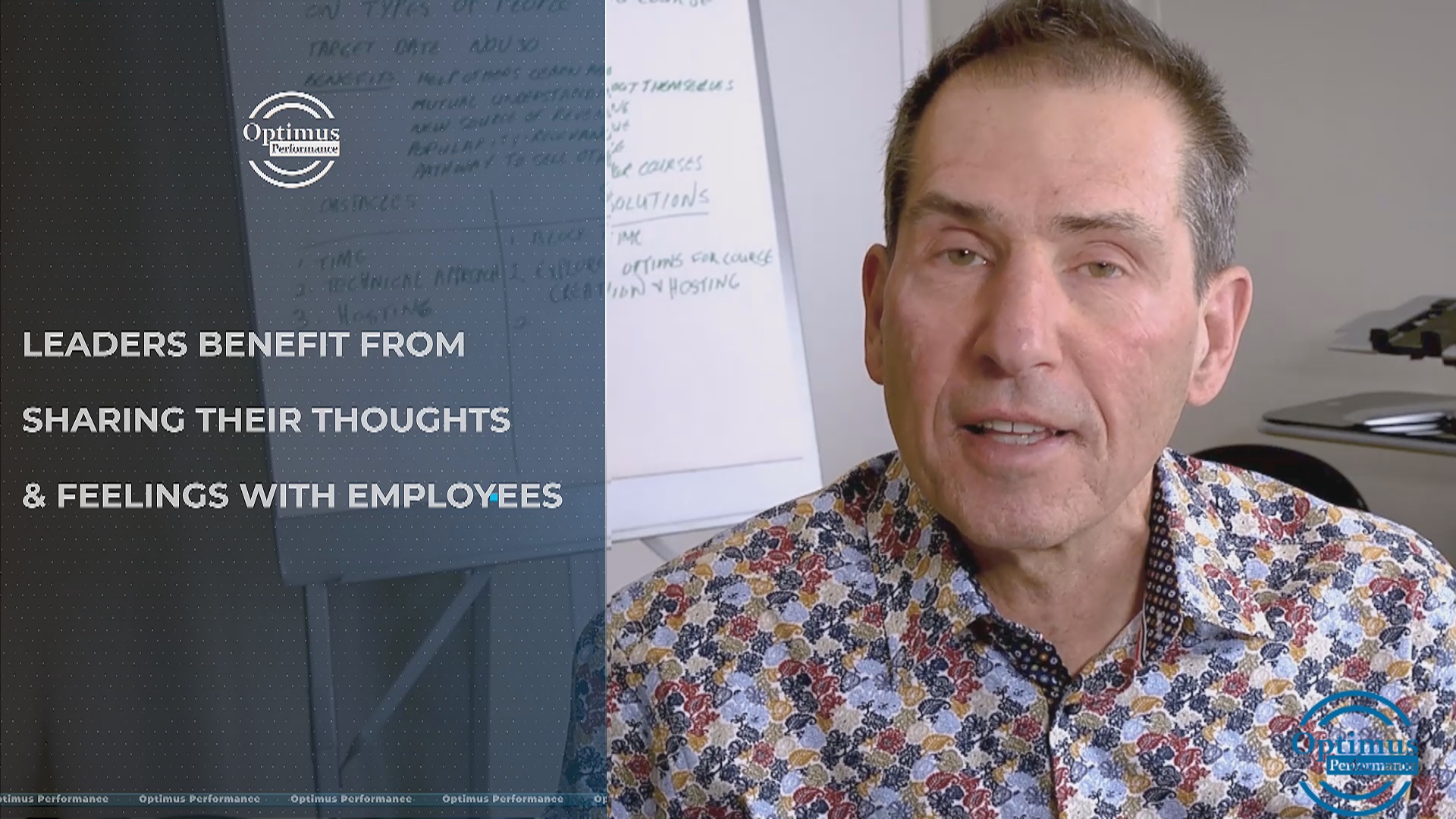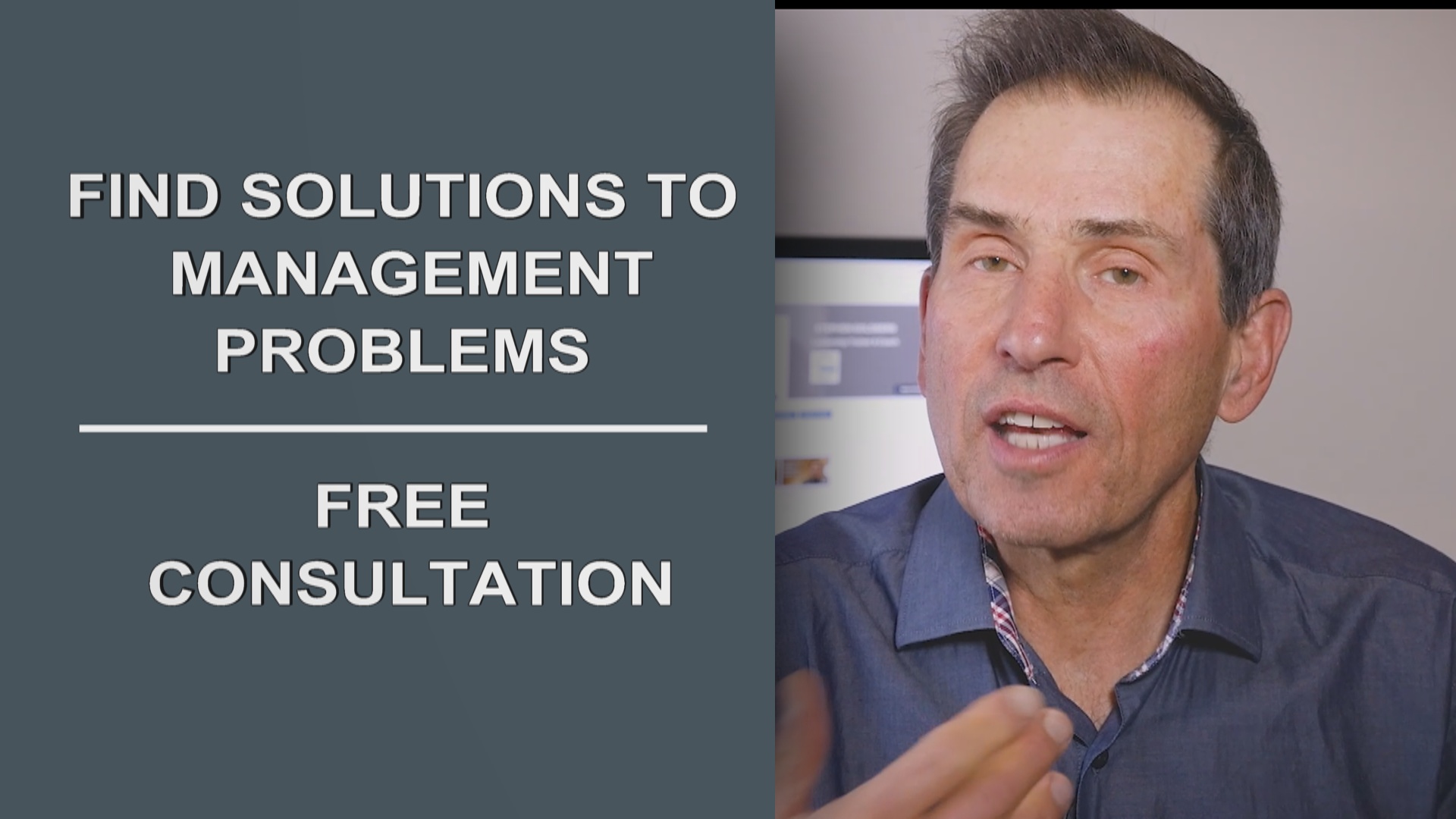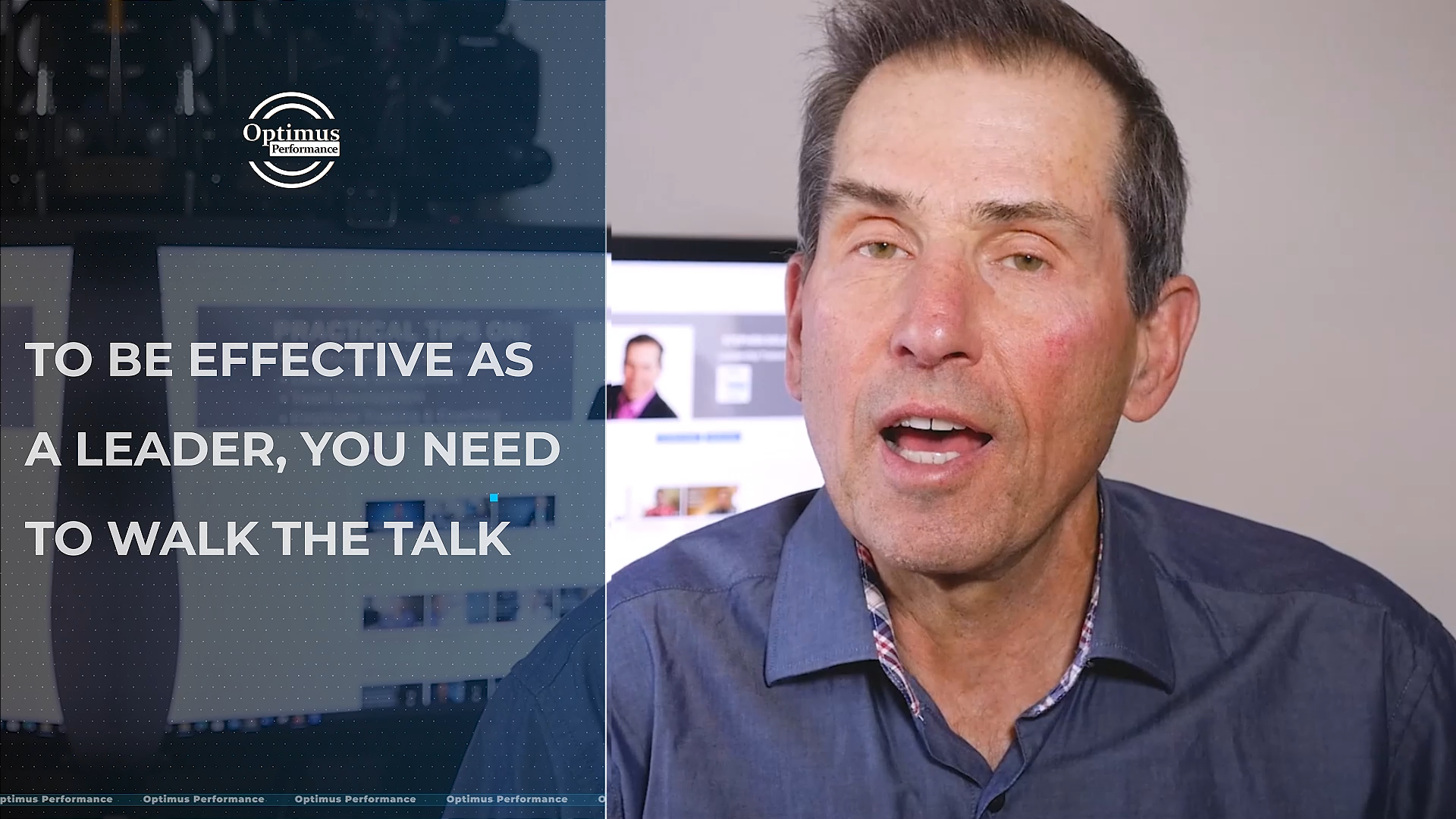When leaders share their thoughts and feelings with employees everyone benefits including the leader himself. Often leaders may be reluctant to share what is on their minds with staff for a variety of reasons. There might be a fear of letting people know too much or troubling them with uncertainties amongst other concerns.
However, holding back thoughts, ideas and feelings can be more detrimental as a lack of communication can cause people to speculate and misinform themselves based on perceptions rather than facts.
Leaders are constantly thinking of far reaching problems and opportunities that appear on their radar based on discussions with people in their industry or through reading about trends and other news. This information causes leaders to think of how that new or trend will affect the company in the short and long term and will spark some ideas for action. It may also cause some strong emotions that need to be processed.
If a leader shares what may be troubling them with their directors or key employees, it can act to clarify their thinking and to get input from their most trusted staff. It will also cause the employee to feel included in the strategic thinking of their leader and will help them to understand the current situation and how they can better contribute to making improvements.
Of course, leaders should have an internal communication platform to keep employees informed of plans, changes, and successes. But not every organization is structured well in this regard and often communication is reactive rather than pro-active. Regular one on one or small group communication sessions where leaders can express what is on their mind and discuss this with employees is thus extremely important.
This type of leadership style is easier for some leaders and harder for others. Every leader is different, but this way of communication requires a participative leadership style. Every leader can adapt a participative leadership style, but it takes understanding and self-knowledge. It means a shift in behaviour and can be attained with some effort.
Start by sitting down once a week with a manager or key employee and share your thoughts and feelings. See the reaction you get and sense if you find it beneficial. Ask the employee if they found the discussion helpful and why. Do this every week with a different person and then go back to the first person after a few weeks. You can also do this in small groups as you progress. In summary, sharing your thoughts and feelings with staff members rather than holding them in will bring new ideas to you, build trust with people and have them feel included in the plans for moving the business forward.



